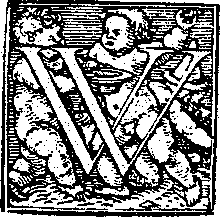 e have all seen the famous Le Corbusier tubular steel Chaise Longue LC4 in one interior or another, or the Grand Confort, a cube-shaped armchair whose leather cushions are held in a chrome-plated steel corset. Most of us also know that these pieces of furniture bear the name of Le Corbusier. But few of us know that these pieces were actually the brainchild of Charlotte Perriand, the 24-year old French modernist designer who was hired by Le Corbusier immediately after he saw her furniture creations of steel and aluminium which she designed for the Salon d’Automne in 1927.
e have all seen the famous Le Corbusier tubular steel Chaise Longue LC4 in one interior or another, or the Grand Confort, a cube-shaped armchair whose leather cushions are held in a chrome-plated steel corset. Most of us also know that these pieces of furniture bear the name of Le Corbusier. But few of us know that these pieces were actually the brainchild of Charlotte Perriand, the 24-year old French modernist designer who was hired by Le Corbusier immediately after he saw her furniture creations of steel and aluminium which she designed for the Salon d’Automne in 1927.
Born in 1887 as Charles-Edouard Jeanneret in Switzerland, Le Corbusier studied at La-Chaux-de-Fonds Art School from 1900 onwards. But what influenced Le Corbusier more were his extensive travels throughout Europe and further afield. At around 1908, he traveled to Paris, where he found work in the office of Auguste Perret, the French pioneer of reinforced concrete. It was his employment at Perret’s office that began to form his own ideas about architecture. When in 1918 Charles-Edouard met Cubist painter Amédéé Ozenfant, he found a kindred spirit (they actually looked a bit similar too!). Together they established a new artistic movement, Purism, and started publishing their Purism journal l’Esprit Nouveau. It was at this time that Charles-Edouard changed his name into Le Corbusier (from the maternal side of his family). Adopting a single name to identify oneself was in vogue by artists in many fields during that era, especially in Paris.
I am a bit ambivalent when thinking about this visionary architect and furniture designer. His furniture was certainly revolutionary at the time, but I think Le Corbusier’s designs miss the sophistication and elegant flowing lines of for example the Barcelona chair by Mies van der Rohe or the Pedestal series by Eero Saarinen. But I don’t want you to miss out on this legendary artist.
I’m saying “artist” as Le Corbusier was more than an architect and furniture designer. He was also a painter, a writer, a sculptor and an urban planner (although I’m not a fan of him in that last department…).
Five points of Architecture by Le Corbusier
Le Corbusier formulated 5 points of architecture:
- to lift the bulk of a structure off the ground and support it with reinforced concrete pillars
- the structural support from the pillars allowed for free facades, with non-supporting walls that could be designed in any form
- open floor plans were now also possible, and without the need of supporting walls, the space could be freely configured into rooms
- large windows are a 4th characteristic of Le Corbusier’s architecture, as he felt the need for undisturbed views of the surroundings were a must
- a roofgarden was always part of the design, to compensate for the green space consumed by the building
His works spans from 75 buildings built in 12 countries, collaboration on more than 40 city planning projects, more than 8000 drawings, 400 paintings and 40 sculptures. Moreover, Le Corbusier wrote more than 40 books and published hundreds of articles.
Below is a small impression to illustrate the wide range his work:
If you enjoy reading my blog, please consider giving my Facebook page a “like“


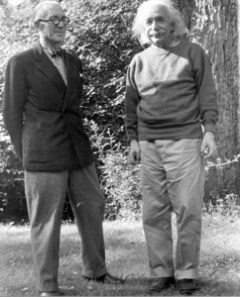
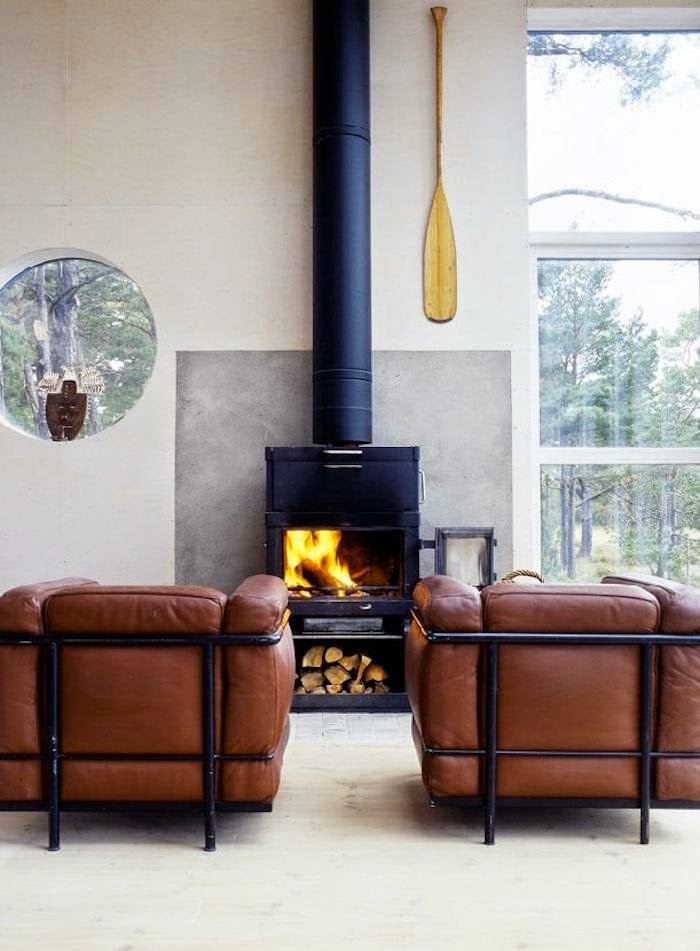
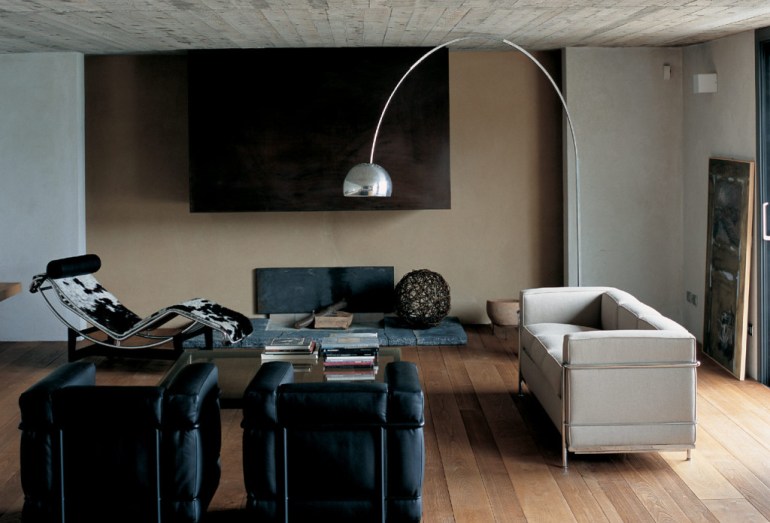
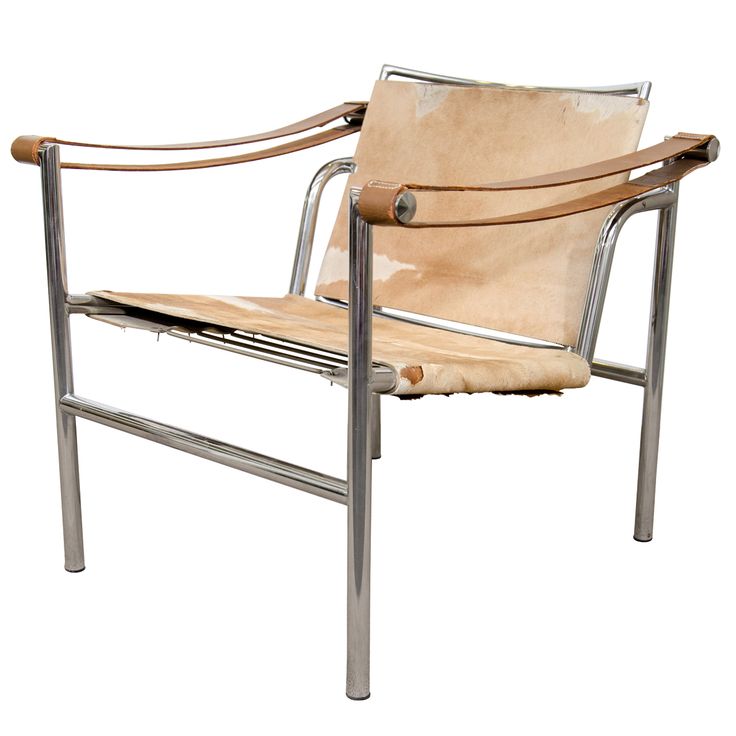
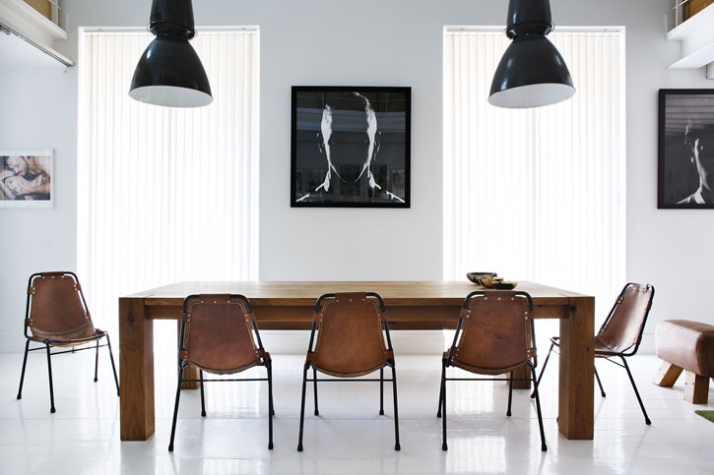
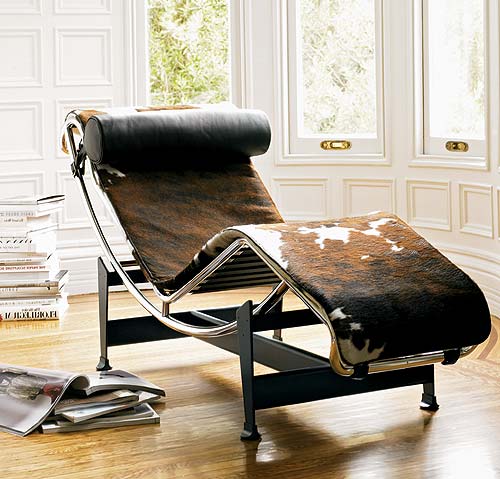
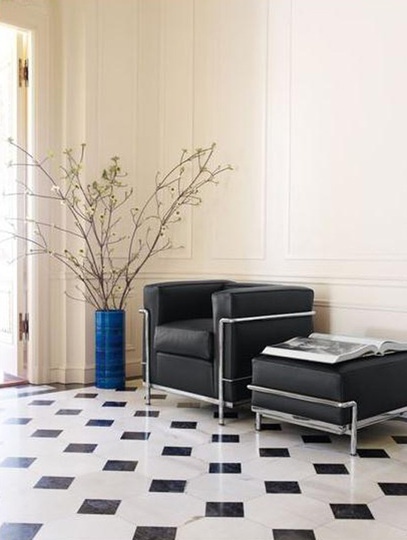
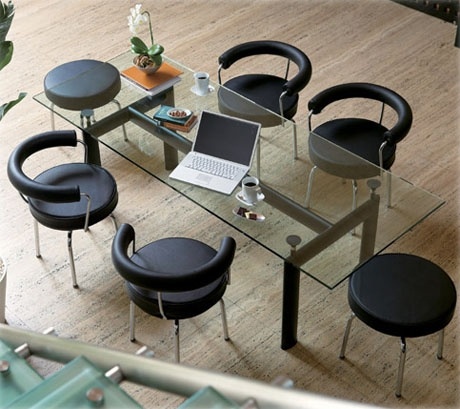
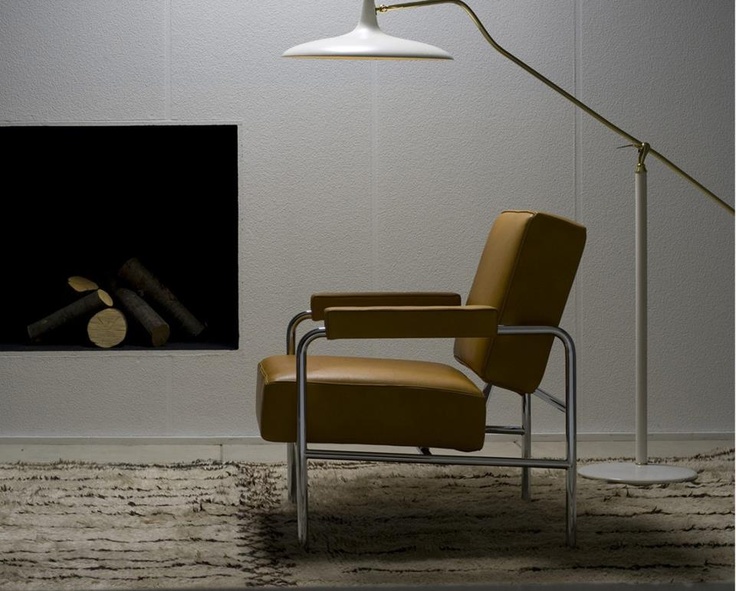
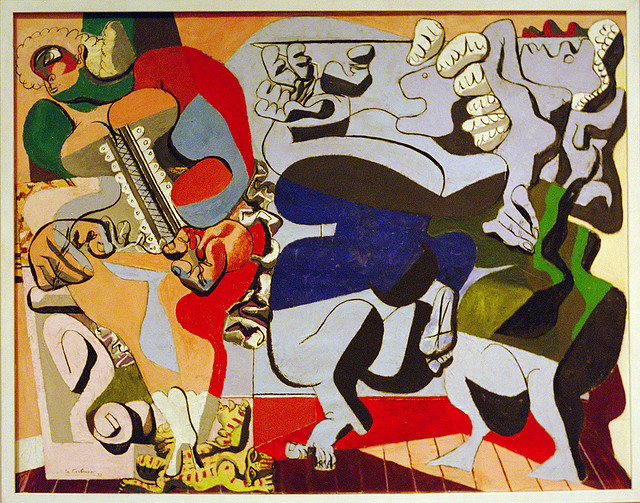
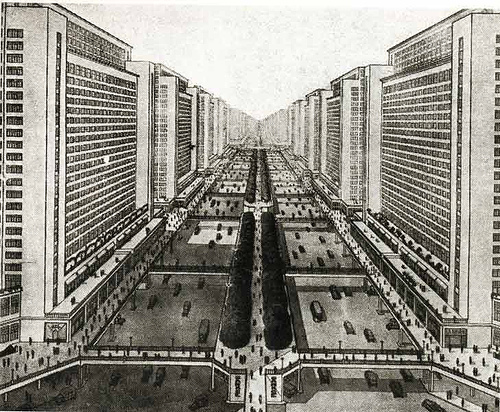
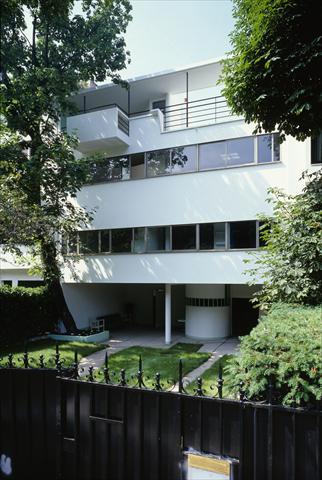
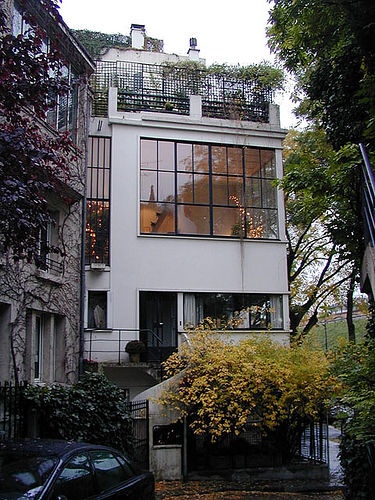
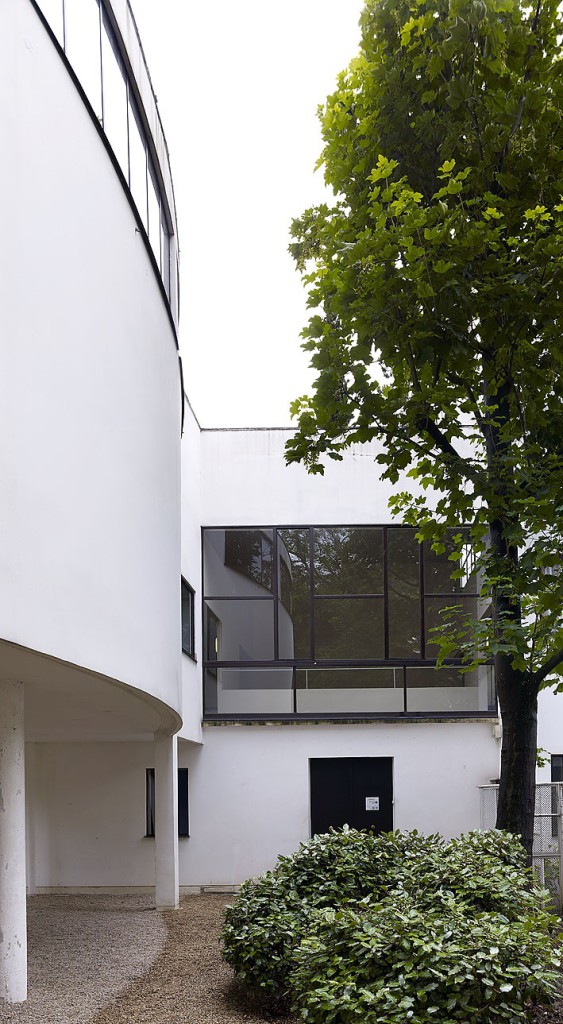
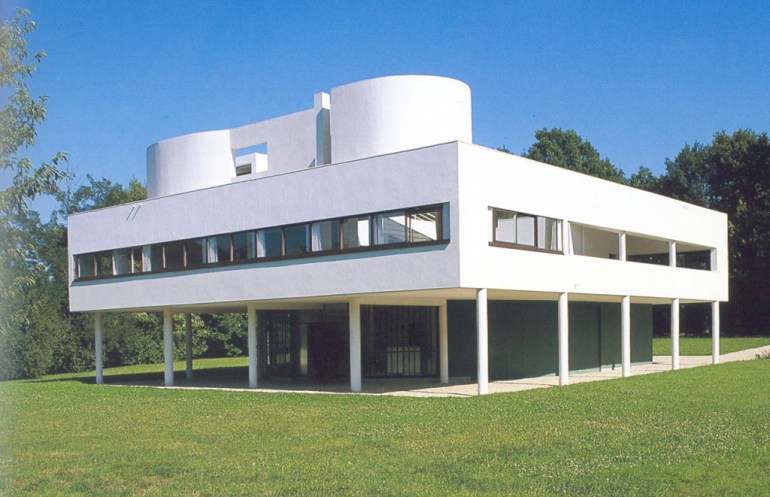
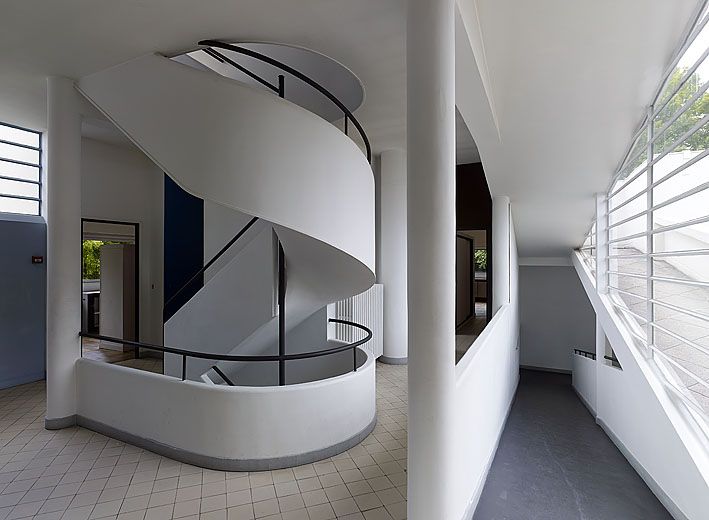
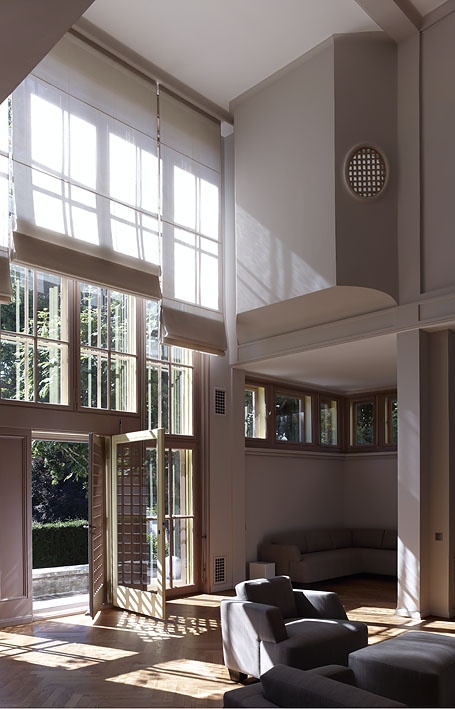
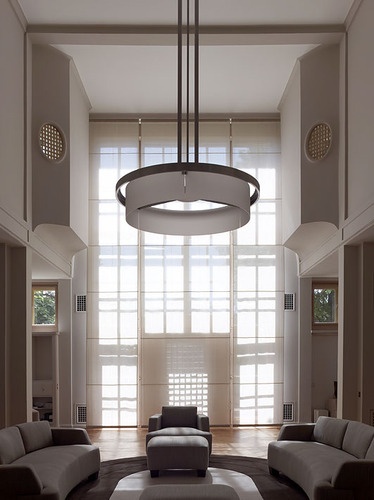
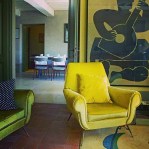


hi, having just written a blog post about early 20th century design (http://www.globalinspirationsdesign.com/decorating-styles/back-time-early-20th-century-design/) myself, I was very happy to come across your lovely post! Great pictures too!!
P.S. Hope you don’t mind me sharing the link to my blog post on the subject here….
Thanks Simone, and no worries about the link, my pleasure
Pingback: 洗練されたオシャレなソファ・コルビュジェを置いたコーディネート術 | 家具 | Sweet Shower
Understood what the writer is trying to say.
Great Article ! Find out how to choose the best cushion arrangement that meets your living room’s interior decoration requirements.